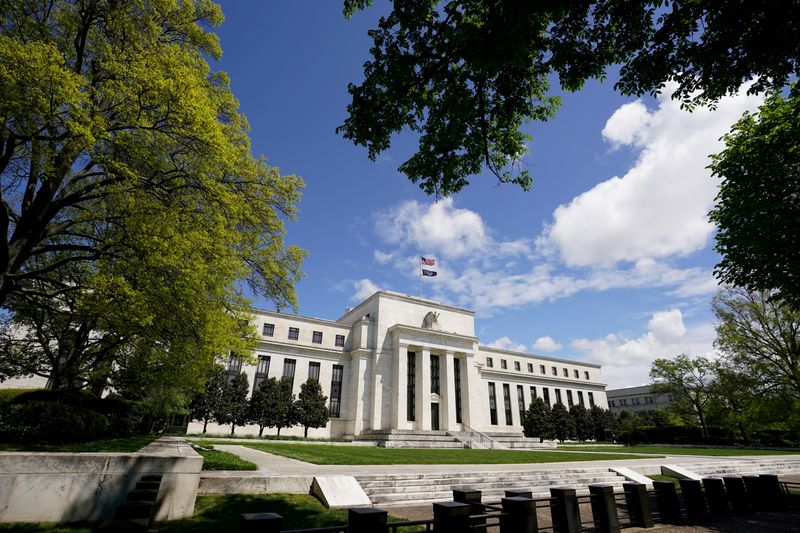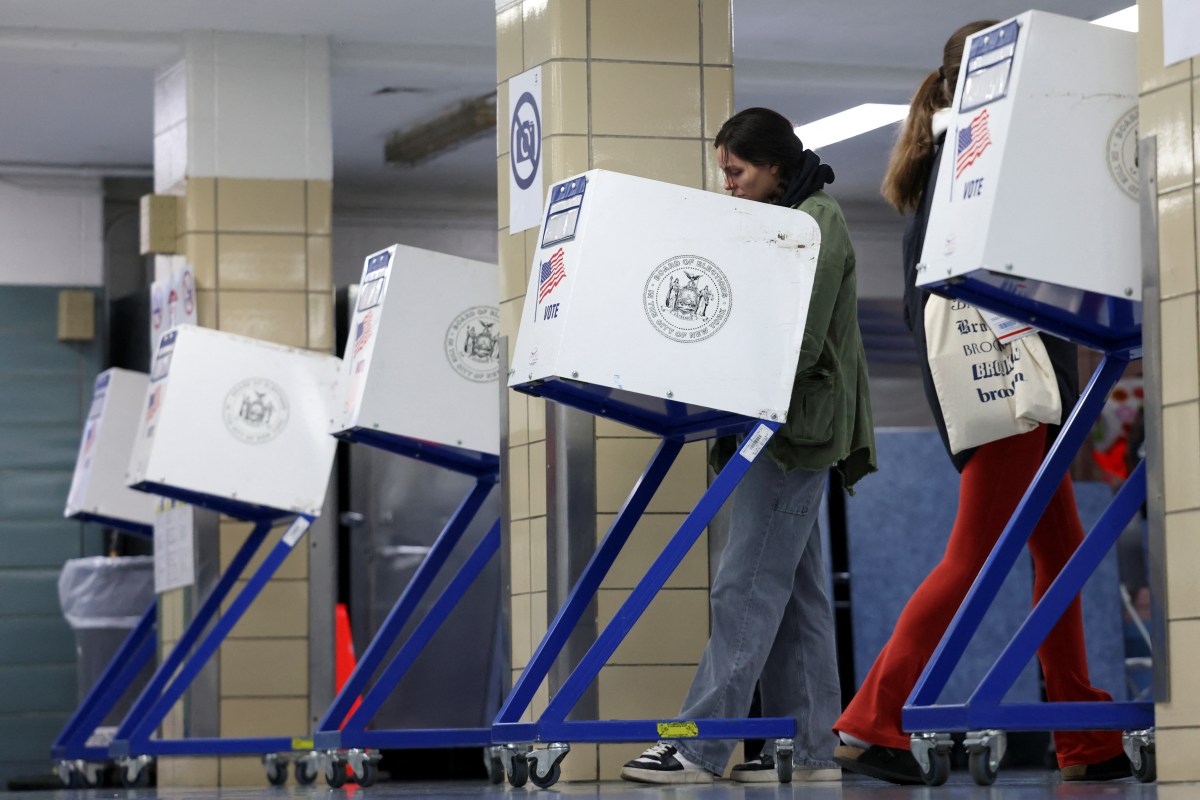WASHINGTON (Reuters) -The wealth of U.S. households hit a record $123.5 trillion in September as rising stock market and home values and an accumulating buffer of cash defied expectations of a pandemic-related crash in household finances, according to new data from the U.S. Federal Reserve on Thursday.
The Fed’s latest report on U.S. household, business and government financial accounts covers the period from July through September, and thus looks backwards during a period of potential volatility for family balance sheets.
Millions may be losing unemployment insurance in coming weeks, and a steady flow of people into unemployment programs suggests available cash balances may have been tapped through the fall to cover expenses. The release also does not give information on how available cash is distributed between higher-wealth families and poorer ones.
But as of the end of September at least, well into a period when initial rounds of pandemic-related benefits were beginning to expire for unemployed workers and small businesses, U.S. households on the whole were holding their own.
Rising equity markets added $2.8 trillion to household assets, and rising real estate values added around $400 billion.
Perhaps most notable at a time of such high unemployment, balances in cash, checking accounts, and savings deposits rose a combined $473 billion to a record $13.4 trillion, suggesting that any broad spend-down of pandemic benefits had, as of September, not yet begun.
Federal Reserve officials and some private economists have wagered a pool of excess savings may do more than expected to get families through the crisis, and perhaps even turbocharge growth next year as the impact of a vaccine is felt.
The $3 trillion CARES Act, approved in March as the pandemic took hold, provided about $500 billion in forgivable loans that allowed small businesses to continue paying worker salaries, and also gave jobless workers an extra $600 per week in unemployment benefits. Though that supplemental payment ended in July, the money, which surpassed what many of the newly jobless earned at work, helped fuel record savings rates and a rare paydown of credit card debt.
The deleveraging continued through September, as Americans paid down credit card debt for a third straight quarter. Card balances dropped at an annualized rate of $39.6 billion to $945.2 billion, the lowest level since the second quarter of 2017. In all, Americans have reduced credit card debt by $149 billion since the fourth quarter of 2019, when it stood at a record of nearly $1.1 trillion.
Overall household debt rose in the third quarter at an annualized rate of 5.6% compared to 0.8% in the second quarter, an increase driven mostly by home mortgage borrowing.
Indeed, the data showed Americans investing aggressively in what for many is their largest asset: their homes. Total mortgage debt hit a record $10.8 trillion, eclipsing the previous peak set more than a dozen years ago ahead of the Great Financial Crisis. The $144.4 billion increase was the biggest since the third quarter of 2007.
Business debt fell at a 0.9% annualized rate after a rapid 14.2% pace of growth in corporate credit during the April to June period – borrowing that took place as companies drew on credit lines and Federal Reserve programs as a precaution against the pandemic.
Growth in government borrowing also slowed to a 9.1% annualized rate, compared to the 58.9% rate in the second quarter, when the CARES Act coronavirus relief package was funded.
With jobs gains slowing recently and the virus intensifying, lawmakers are negotiating a further COVID-19 relief package. They have yet to come to agreement on which parts of the economy will get the aid. The Fed’s accounting of the nation’s wealth, may indicate less broad need for cash, but does not rule out the possibility that poorer households or those suffering longer-term joblessness may be in trouble.
(Reporting by Howard Schneider and Ann Saphir, Editing by Dan Burns and Andrea Ricci)





















